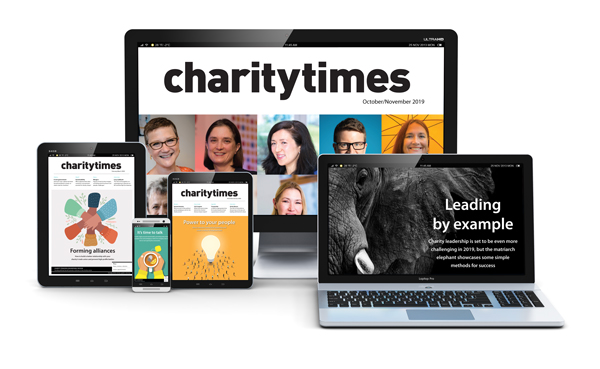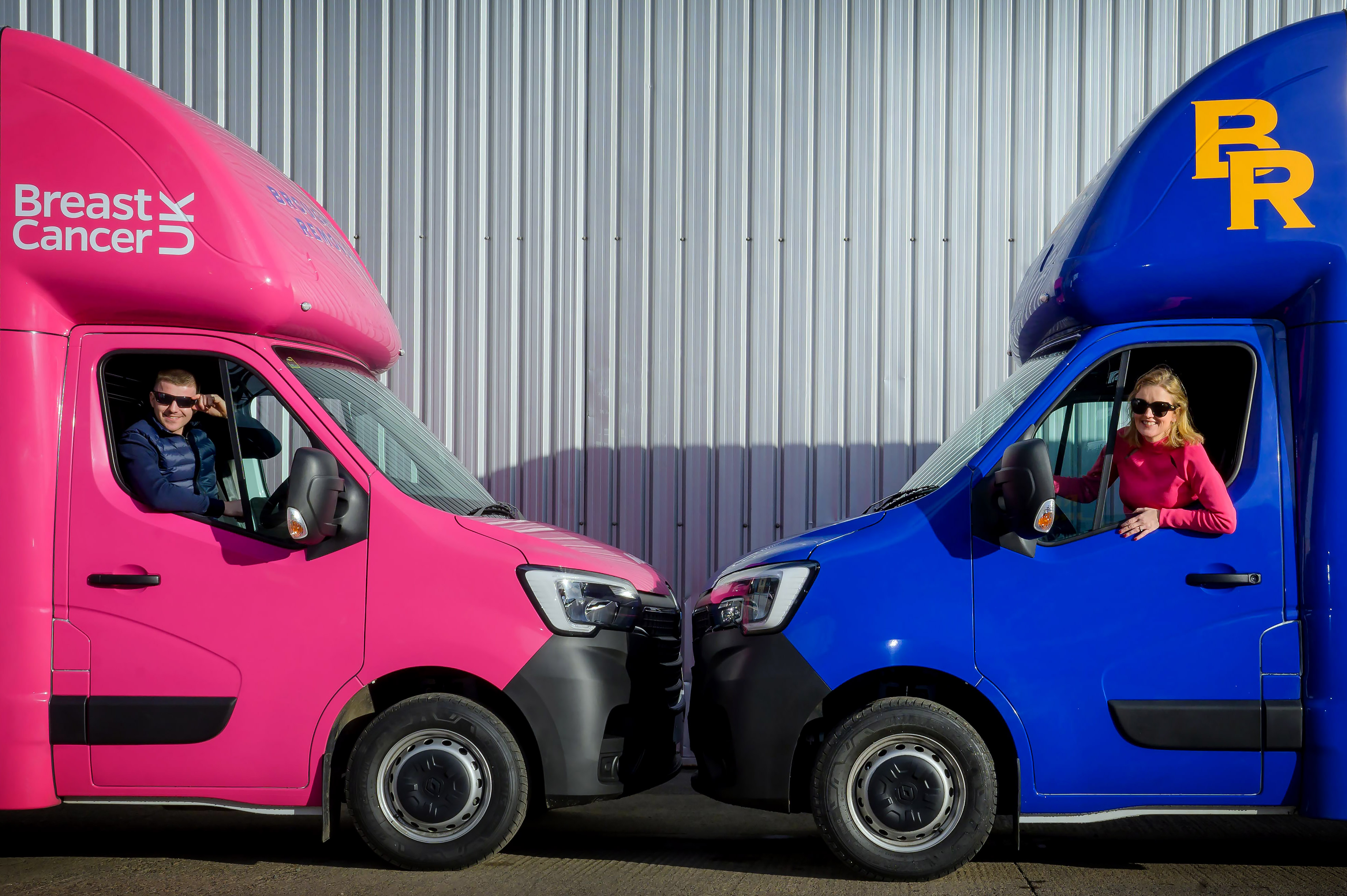Artificial intelligence can be a powerful tool, but we mustn’t ignore the risks.
___________________________________________________________________
Artificial intelligence (AI) can undoubtedly bring huge benefits to charities. Natural language processing powered chatbots can help reach more people, predictive technology can better detect changes in donor behaviour and instructing generative AI tools like ChatGPT can save time when creating content. But what can sometimes be forgotten is the damage AI can cause to society. AI’s potentially destructive role in the job market is one such challenge.
According to a government commission report by PWC three in ten jobs in the UK are at “high risk of being automated” by 2041. While this report adds new roles will be created to develop and manage the technology, the potential impact on entry level and lower paid roles could present charities with further challenges as demand increases and more people receive support from the very chatbots that replaced them in the labour market.
The environmental impact of increasing use of data processing used to power AI tools is another unwelcome biproduct.
As the UN Environment Programme points out most AI deployment is housed in vast data centres that “can take a heavy toll on the planet”. This includes producing hazardous waste like mercury and lead, and through the number of raw materials that need to be mined to create the microchips that power them.
Data centres’ use of water to cool electrical components is another environmental hazard of AI. Academics cited by this UN organisation estimate that AI infrastructure may soon consume more water than Denmark.
AI’s challenge to the public good presents a tricky tightrope for charities to walk. They need AI so they can be better, more efficient organisations amid dwindling donations, increasing demand and rising costs. But how does actively pursuing a strategy that could threaten jobs and harm the planet square up against charities’ missions to benefit communities?
Responsible use of AI
Responsible use of AI is key to harnessing the opportunities and minimising the risks. Investing in skills should be central to this, according to the NCVO in its 2025 Road Ahead report into sector trends. It calls for more charities to invest in training so more of their staff can use AI. After all, the technology still needs humans to manage it, especially to monitor against bias and discrimination, for example in recruitment tools recommending certain jobs to men over women.
More charities also need a digital strategy in place, so that AI can be deployed in a way that avoids staff losing their jobs and instead focuses on how workers can be better used.
The NCVO, however, warns that since 2011 spending on staff training has fallen by a quarter. And according to last year’s Charity Digital Skills report only half of charities have a digital strategy in place.
Charities also have a role in mitigating against the environmental impact of AI. This can involve lobbying the government for tougher regulations, such as ensuring data centres are more energy efficient through using recycled water in their cooling mechanisms.
Tree planting is another simple act charities can include in their digital strategy. This can help offset AI’s role in increasing CO2 emissions, with latest estimates suggesting that ten million ChatGPT queries a day can produce 43,200kg of CO2.
Charities clearly have some important decisions to make as they ensure they are using AI responsibly.
Charity Times video Q&A: In conversation with Hilda Hayo, CEO of Dementia UK
Charity Times editor, Lauren Weymouth, is joined by Dementia UK CEO, Hilda Hayo to discuss why the charity receives such high workplace satisfaction results, what a positive working culture looks like and the importance of lived experience among staff. The pair talk about challenges facing the charity, the impact felt by the pandemic and how it's striving to overcome obstacles and continue to be a highly impactful organisation for anybody affected by dementia.
Charity Times Awards 2023
Mitigating risk and reducing claims

The cost-of-living crisis is impacting charities in a number of ways, including the risks they take. Endsleigh Insurance’s* senior risk management consultant Scott Crichton joins Charity Times to discuss the ramifications of prioritising certain types of risk over others, the financial implications risk can have if not managed properly, and tips for charities to help manage those risks.
* Coming soon… Howden, the new name for Endsleigh.
* Coming soon… Howden, the new name for Endsleigh.
Better Society

© 2021 Perspective Publishing Privacy & Cookies











Recent Stories